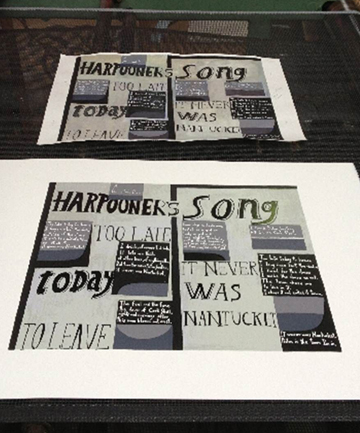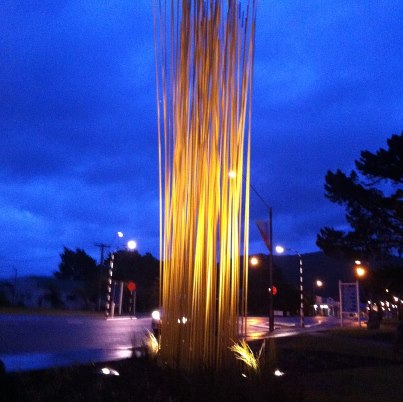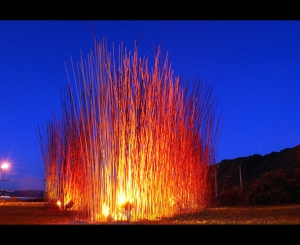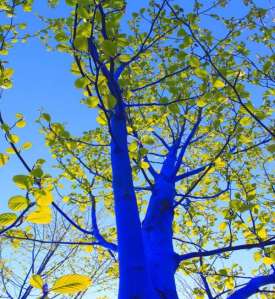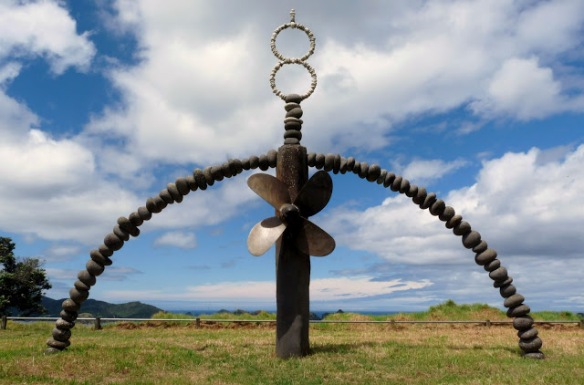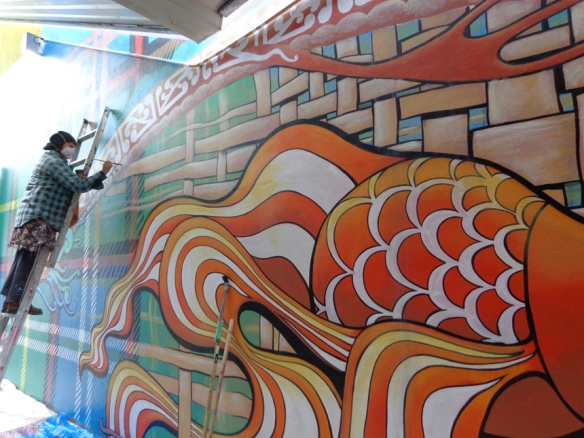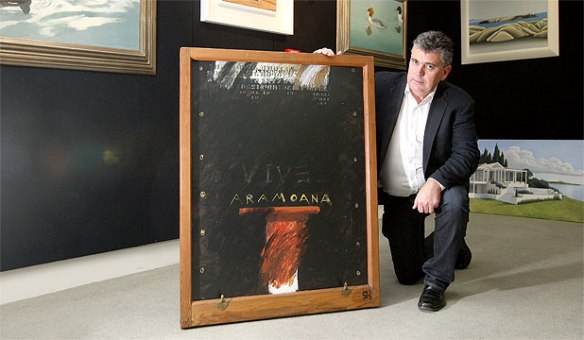Last night when I was putting some more things on this blog, an awesome picture came up on my newsfeed on facebook, and it totally relates to what this research blog is all about.
It is quite close to home as well, because it stems out of the Christchurch earthquakes. I have family and friends down there who were hugely affected. Things are still being rebuilt, and people are trying to move on with life as best they can.
This picture is really striking.

Inside Out Project-New Zealand crew. Pictures of kids from Christchurch-their school is being closed down after the earthquakes. (photo from Inside Out Project facebook page)
This is what it said on facebook, along with the image.
“This group project is from Christchurch, New Zealand. These children lost their school to a series of earthquakes and are fighting for their community to help them rebuild since their government is refusing to provide the proper funding.”
So I found out more about what the ‘Inside Out Project‘ is… I took this text from the description of themselves on facebook:
It is a large-scale participatory art project that transforms messages of personal identity into pieces of artistic work.
Everyone is challenged to use black and white photographic portraits to discover, reveal and share the untold stories and images of people around the world. These digitally uploaded images will be made into posters and sent back to the project’s co-creators for them to exhibit in their own communities.
This shows people getting out there, caring for their communities. Not just talking about change, but making it happen.

